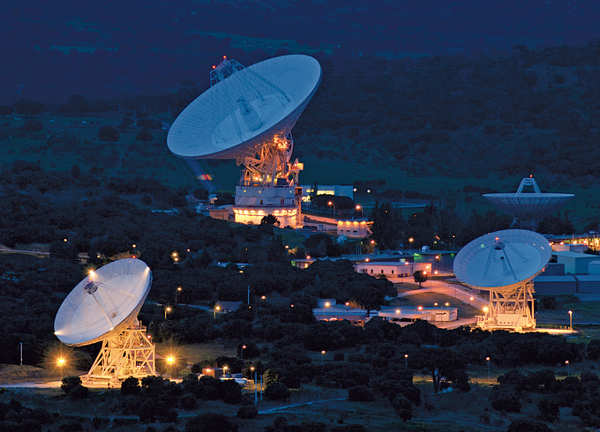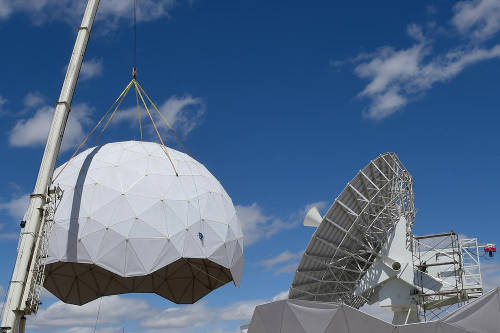Warning: old final project
Due to time management issues i ditched this project but I'm keeping the
page for documentation purposes.
Have a look at my new final project page.
Satellite Ground Station (or maybe something else? I'm still choosing a final project)
I'm a space enthusiast but i've never had the chance to get into "official"
rocket science, unfortunately it's not easy to get your hands on space related
projects if you aren't an industry professional.
After meeting some people from Libre Space
at 34C3
(Chaos Communication Congress 2017) few weeks ago maybe i found a nice "laissez-passer".

The easiest entry-point into "space projects" are ground stations listening
to satellites in geostationary orbit: they are like fixed stars in the sky!
It's so easy to point an antenna to a GEO satellite that TV broadcasters
are using this technology since '80s.
But nowadays access to space is getting cheaper (SpaceX, RocketLab, etc)
and low Earth orbit is getting full of nice science satellites, from full-size
projects from government agencies around the world to small cubesats from
universities and also (few) rich hobbyists.
LEO satellites aren't stationary: ground stations needs a azimuth/altitude
tracking system, usually getting a little "time share" on fully fledged
systems is very expensive and demanding for little entities.

Madrid Deep Space Communications Complex - Anyway NASA DNS is a bit too much for LEO satellites...
SatNOGS is an open source/hardware projects
aiming at building a worldwide network of small and affordable tracking
antennas.

SatNOGS antenna
SatNOGS is already sharing working designs for tracking mechanism but, in my
opinion, they are not really optimized for construction in a Fab Lab.
I'd like to modify a SatNOGS station with SMT electronics from fabinventory
controlling the tracking system, CNC milled PCBs and a more sturdy design.
Another modification is going to be a plastic (to avoid interference)
geodesic radome.
Here near Venice weather can be challenging with heavy thunderstorms, large
hail or strong winds so the dome needs to be very sturdy with thick plastic
(or wooden maybe?) panels.
Here at crunchlab we already build a geodesic dome few years ago but this
time pannelized cover needs CNC machining precision to avoid problems
during the build-up.


A "pro" radome + our previous dome + nice little trivia, the guy in the light-blue shirt is my local instructor :)
The project is quite complex and extensive... Wish me good luck!